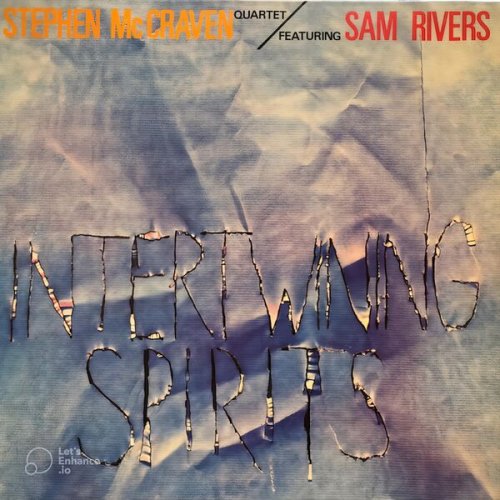Marco Rogliano, Nicola Guidetti, Tommaso Poggi, Luca Paccagnella - Campagnoli: Sei Quartetti per flauto e archi (2012)
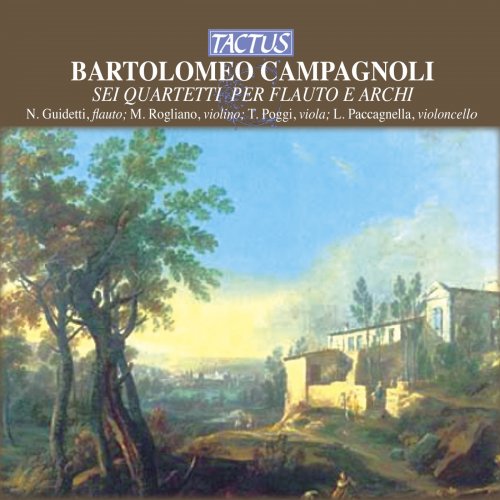
Artist: Marco Rogliano, Nicola Guidetti, Tommaso Poggi, Luca Paccagnella
Title: Bartolomeo Campagnoli: Sei Quartetti per Flauto e Archi
Year Of Release: 2012
Label: Tactus
Genre: Classical
Quality: FLAC (tracks)
Total Time: 1:09:40
Total Size: 348 MB
WebSite: Album Preview
Tracklist:Title: Bartolomeo Campagnoli: Sei Quartetti per Flauto e Archi
Year Of Release: 2012
Label: Tactus
Genre: Classical
Quality: FLAC (tracks)
Total Time: 1:09:40
Total Size: 348 MB
WebSite: Album Preview
Flute Quartet No. 1 in D major
01. I. Allegro
02. II. Presto
Flute Quartet No. 2 in C major
03. I. Allegro
04. II. Romance: Andante
05. III. Rondo
Flute Quartet No. 3 in G major
06. I. Allegro
07. II. Allegro con variazioni
Flute Quartet No. 4 in E minor
08. I. Allegro espressivo
09. II. Andante grazioso
10. III. Allegro assai
Flute Quartet No. 5 in F major
11. I. Allegro
12. II. Rondo grazioso
Flute Quartet No. 6 in B flat major
13. I. Allegro
14. II. Rondo
Italy's Tactus label specializes in obscure and newly discovered works, and every so often it's ahead of the curve on an unknown composer. This set of six flute quartets by Ferrara-born composer Bartolomeo Campagnoli is a case in point. When the album was recorded in 2004 (it remained unreleased until 2008), they were described as recently discovered.
Campagnoli spent much of his career in Germany and eventually became the conductor of the Leipzig Gewandhaus Orchestra. Curiously for a research-oriented album there is no indication of the date of the music or even general information about the source (manuscript, publication, format, etc.). From the musical evidence they might date from the late 1770s, shortly after Campagnoli arrived in Germany. In 1779 he became music director at the court of the Duke of Courland in Dresden, and the quartets, sunny and pleasant, would have been well suited to the court's needs for incidental music. By that time Campagnoli would have had time to become familiar with the chamber style of Carl Stamitz, who was one of the big touring stars of the 1770s decade, and indeed, Campagnoli's pieces somewhat resemble works among Stamitz's voluminous output for chamber music with flute. Serious notes are held to a minimun; only one of the six quartets is in a minor key, and there are no real slow movements, only gently ambling Andantes in two of the pieces. The opening movements are beautifully structured. As with Stamitz, Campagnoli's handling of the harmonic structure of the then-incipient sonata form is elegant and assured. Most of the opening movements have a full closing-theme section in the exposition with a move to the subdominant harmony underpinned by a fetching, lyrical figure on the flute. The finales are fast, even whirlwind in a few cases, and perhaps betray an acquaintance with Haydn. The performances by the quartet of Italian players are smooth and enthusiastic about the music's basic lyricism, and the music is as attractive for a garden party today as it was two and a quarter centuries ago. Only the sound disappoints with a hollow, chilly presence. Notes, with a useful short summary of Campagnoli's career, are in Italian, English, and French. ~ James Manheim
Campagnoli spent much of his career in Germany and eventually became the conductor of the Leipzig Gewandhaus Orchestra. Curiously for a research-oriented album there is no indication of the date of the music or even general information about the source (manuscript, publication, format, etc.). From the musical evidence they might date from the late 1770s, shortly after Campagnoli arrived in Germany. In 1779 he became music director at the court of the Duke of Courland in Dresden, and the quartets, sunny and pleasant, would have been well suited to the court's needs for incidental music. By that time Campagnoli would have had time to become familiar with the chamber style of Carl Stamitz, who was one of the big touring stars of the 1770s decade, and indeed, Campagnoli's pieces somewhat resemble works among Stamitz's voluminous output for chamber music with flute. Serious notes are held to a minimun; only one of the six quartets is in a minor key, and there are no real slow movements, only gently ambling Andantes in two of the pieces. The opening movements are beautifully structured. As with Stamitz, Campagnoli's handling of the harmonic structure of the then-incipient sonata form is elegant and assured. Most of the opening movements have a full closing-theme section in the exposition with a move to the subdominant harmony underpinned by a fetching, lyrical figure on the flute. The finales are fast, even whirlwind in a few cases, and perhaps betray an acquaintance with Haydn. The performances by the quartet of Italian players are smooth and enthusiastic about the music's basic lyricism, and the music is as attractive for a garden party today as it was two and a quarter centuries ago. Only the sound disappoints with a hollow, chilly presence. Notes, with a useful short summary of Campagnoli's career, are in Italian, English, and French. ~ James Manheim
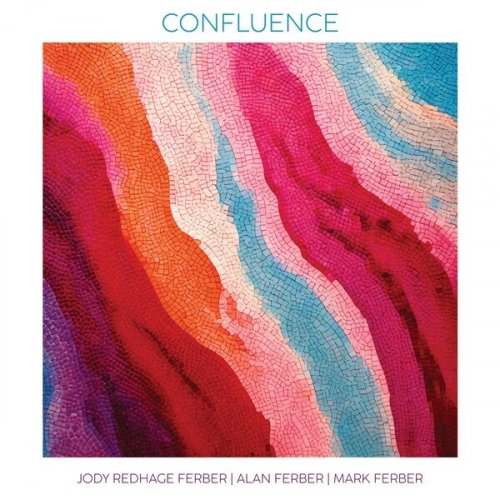
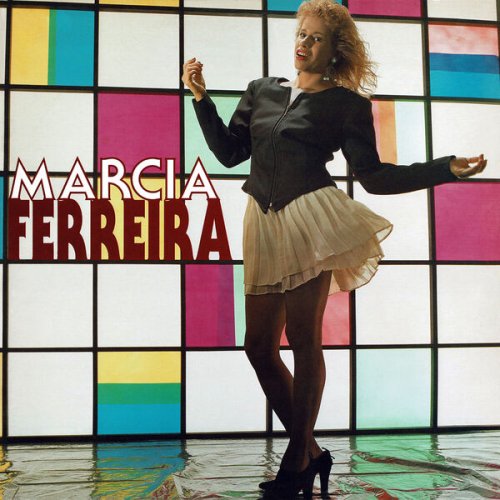
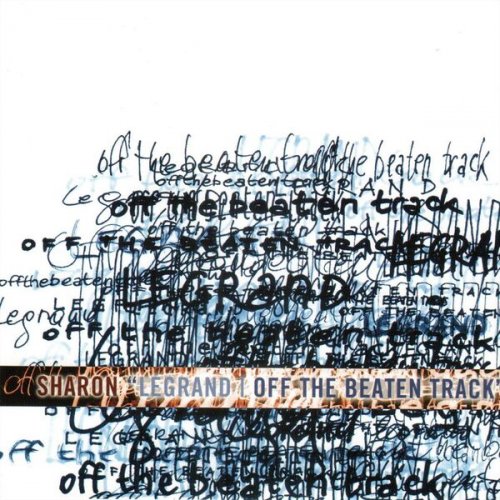
![Cornelius Claudio Kreusch - Scoop (2025) [Hi-Res] Cornelius Claudio Kreusch - Scoop (2025) [Hi-Res]](https://www.dibpic.com/uploads/posts/2025-12/1765893706_folder.jpg)
![Rachel Kitchlew, SFJ - Flirty Ghost (2025) [Hi-Res] Rachel Kitchlew, SFJ - Flirty Ghost (2025) [Hi-Res]](https://www.dibpic.com/uploads/posts/2025-12/1765896408_qvf41hr1ljj8a_600.jpg)
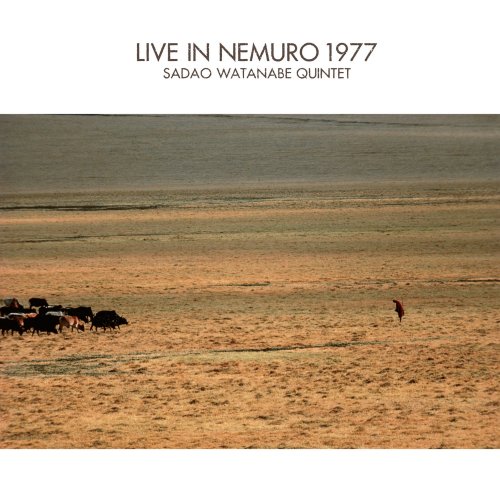

![Nana Vasconcelos - Saudades (1980/2025) [Hi-Res] Nana Vasconcelos - Saudades (1980/2025) [Hi-Res]](https://www.dibpic.com/uploads/posts/2025-12/1766056483_cover.jpg)
